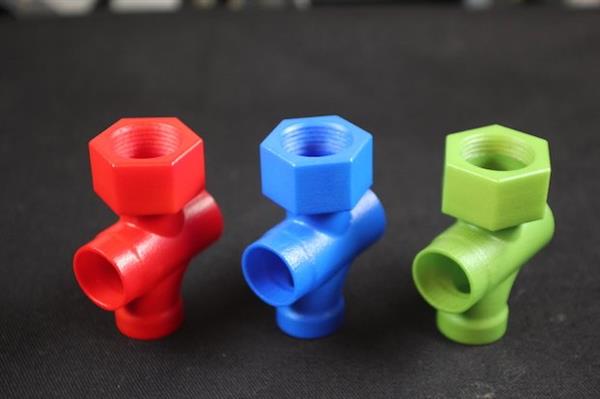
POST PROCESSING
3D printing aka additive manufacturing has changed the way we would manufacture almost everything traditionally. Additive manufacturing technology is much more efficient, faster and cheaper than the more conventional way of moulding or manufacturing using subtractive technology. The fact remains though, that the surface quality of prototype you get from a 3d printer doesn’t match our expectations. When you create an object with 3D printing or any other additive manufacturing technology, you want it to be perfect, to have the highest surface quality and to be as much heat and wear resistant as possible. Since the 3D printing technology is building the final product layer-by-layer, the surface of the 3D printed prototype may result to be a bit rough having layer lines on the outer surface of prototype. Our perception of a plastic part is shaped by subtractive mass manufacturing. We expect smooth glossy outer surfaces as standard to which the bar has been set very high for a number of decades. To then show a new comer a 3d printed part, with its geometry flaws, rough surface and lower layer resolution, the promise of what they had in mind seems unimpressive compared to what they know of plastic parts. For prototypes nearly indistinguishable from injection moulded products, advanced tooling applications, and durable custom devices that are pleasing in look and feel, we at designifying apply some simple post-processing techniques to your 3D printed parts. We provide sanding, painting, chrome plating, powder coating, laser engraving etc. Read more about how we do it.